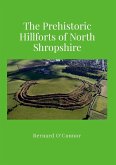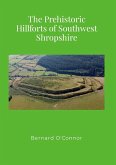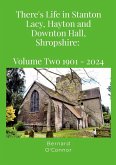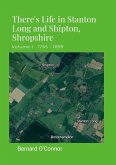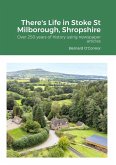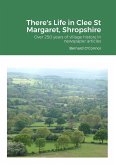In the mid-1980s I attended a course on the Archaeology of Shropshire in which I studied some of the prehistoric hillforts found in the county. Little did I know how useful this was when I retired to the Clee Hills in the late-2010s. Studying the local Ordnance Survey maps and walking in the hills of Southeast Shropshire I noticed how many had prehistoric sites on the top. Having researched the geology, archaeology and history of the Clee Hills, I thought I would investigate the hillforts. Using 19th and early 20th century maps, history and archaeology books, archaeological reports, newspaper articles, documents in the local archives and websites, I have been able to produce a documentary history, a gazetteer of sixteen hillforts including The Burgs, Bayston Hill; Stevenshill, Cound; The Wrekin, Little Wenlock; The Lawley (Lower), Longnor; The Lawley (Summit), Longnor; Caer Caradoc (Church Stretton); The Ditches (Mogg Forest), Rushbury; Norton Camp, Culmington; Caynham Camp, Ludlow; Knowle (Hope Bagot); Nordy Bank, Clee St Margaret; Titterstone Clee, Bitterley; Abdon Burf, Abdon; Clee Burf, Clee St Margaret; Burf Castle, Quatford and Chesterton Wall, Worfield.
Hinweis: Dieser Artikel kann nur an eine deutsche Lieferadresse ausgeliefert werden.
Hinweis: Dieser Artikel kann nur an eine deutsche Lieferadresse ausgeliefert werden.


